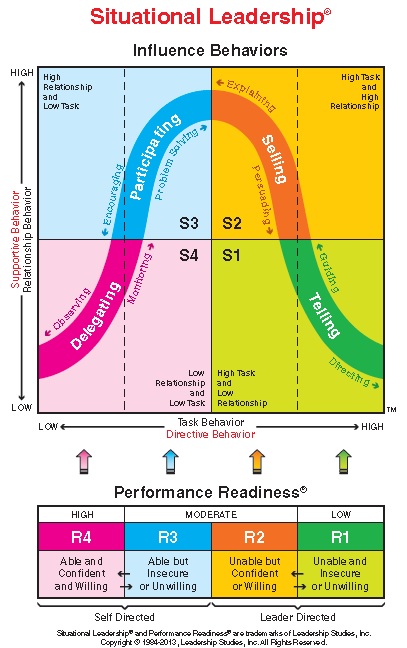1. Leading Change
First and foremost, authentic, committed leadership throughout the duration of the initiative is essential for success. From a project management perspective, there is a significant risk of failure if the organization perceives a lack of leadership commitment to the initiative.
2. Creating A Shared Need
The need for change must outweigh the resistance – the inertia in the organization to maintain the status quo. There must be compelling reasons to change, that resonate not just for the leadership team, but that will appeal to all stakeholders. To paraphrase Peter Senge in his groundbreaking book, The Fifth Discipline, “Although we are all interested in large scale change, we must change one mind at a time.”
3. Shaping a Vision
Leadership must articulate a clear and legitimate vision of the world after the change initiative. Every journey must have a destination otherwise you are just wandering. The vision must be widely understood and shared. The end-state must be described in behavioral terms – i.e., observable, measurable terms. Not business results, but individual behavior. This might be the single most critical factor in a successful change initiative.
4. Mobilizing Commitment
Once you have leadership support, compelling logic for change, and a clear vision of the future, you have the necessary ingredients to rollout your initiative. You now begin to execute an influence strategy to build momentum. You leverage the “early adopters,” to pilot the project where you face low resistance and can learn from mistakes with a forgiving partner.
5. Making change last
Steps 2-4 are primarily about accelerating adoption of your changes. Steps 5-7 are about making the changes permanent. You leverage early wins, taking the knowledge gained in your pilots and transfer learning’s and best practices to your broader rollout. You plan for integrating with other existing, potentially competing, initiatives. You assess what is helping and hindering the initiative.
6. Monitoring process
It is important to plan for measuring the progress of your change initiative. Is it real? How will you know? You need to set benchmarks — realize them – and celebrate! Similarly there must be accountability for lack of progress.
7. Changing Systems and Structures
Every business has underlying systems and structures: hiring & staffing, IT systems, training & development, resource allocation, organizational design, SOPs/workflow, etc..) These systems were designed to support the current state of the business. If they are not changed to support the desired, future state of the business they will always push you back to the old way. That’s what they are supposed to do. In order to make change permanent you must systematically identify how these systems influence the behavior you are trying to change, and modify them appropriately. Failure to address these systems and structures is why so many initiatives become the proverbial “flavor of the month.”



